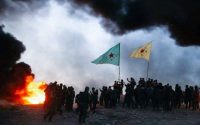Kurdistan // 7000 people on hunger strike in Turkish prisons~ 11 min
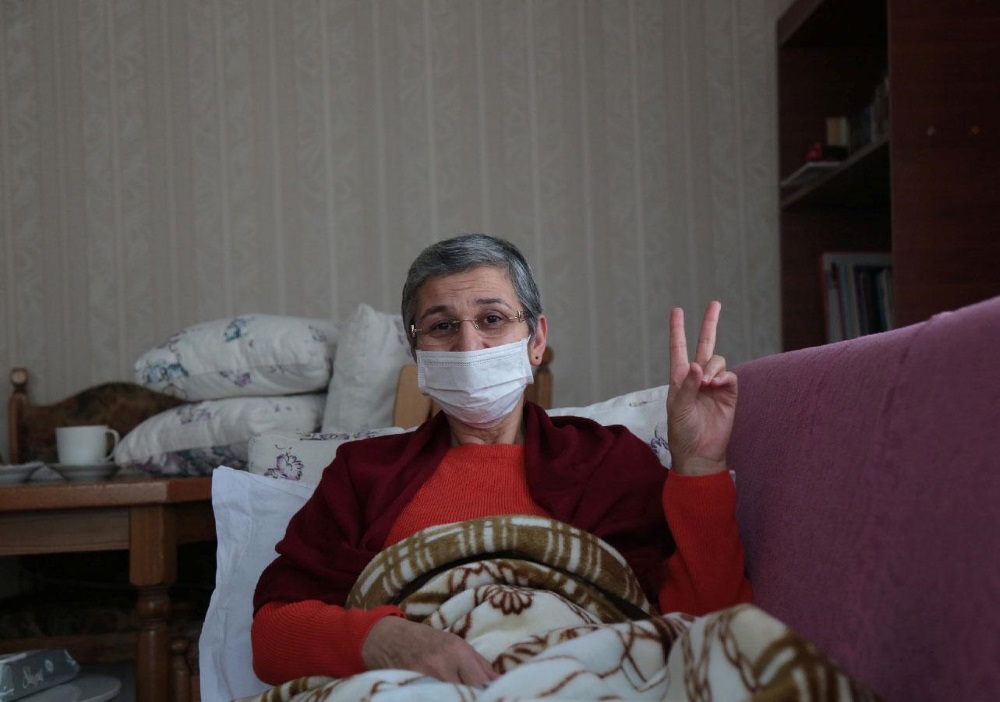
Since Erdogan seized power in Turkey, the repression and genocide of the Kurdish people have always been central to their autocratic and colonialist policy. These positions also serve as a motto to foster their nationalist base, the MHP. The 2016 elections mark a turning point in the Turkish system, with the centralization of all powers around the figure of Erdogan under a presidential system. With control of the judiciary branch, he initiated a massive purge that lead to more than 500 000 people being investigated, of which at least 100 000 people were arrested, thus making the state of exception permanent in Turkey.
A scream for humanity – The fight of Leyla Güven and the 7000 people on hunger strike
On November 8, 2018, Leyla Güven began another historic stage in the resistance struggle of the Kurdish people in the prison of Amed (Dyarbakir). She was sent there after being arrested on January 22, 2018 for criticisms raised against the regime, regarding the invasion of Afrin. As a starting point for another stage of resistance, Leyla Güven’s demands focus on seeking legal rights for Ocalan, who has been imprisoned since 1999 in a regime of isolation in prison of Imrali in Turkey.
With this action, Leyla Güven seeks to end the isolation and degrading conditions of Ocalan’s imprisonment so that a further step can be taken towards the path of peaceful dialogue and a consequent new round of negotiations for a political solution to the region. It is not possible to find means for a peace process otherwise. Ocalan is a central political figure for a democratic solution to the conflict and the ideologue of the Kurdish people’s struggle for emancipation against the policies of genocide and colonialism of the Turkish regime.
The response to Leyla Güven’s demands by the Turkish regime was silence, which led to more and more people joining the action of the HDP’s deputy. Since that day, at intervals of 15 days, groups that number approximately 7000 people went on hunger strike throughout Turkish prisons and in several European countries. In France, 14 activists are on hunger strike in front of the European Committee for the Prevention of Torture (CPT). In Ireland, Kurdish militant Imam Sis has been on hunger strike for more than 130 days.
The list of demands also involves forcing the Turkish state to comply with regulations and laws in all prisons. An end to the torture and isolation of several prisoners is demanded. The regime has also obstructed communications with the outside world, relatives are forbidden from entering prisons, and communications and mail are also denied when requested.
It is important to remember that Turkey has suspended the European Convention on Human Rights, which guarantees some safeguards “on basic protections such as the right to life, freedom without torture, right to a fair trial or freedom of expression.” According to January of this year’s numbers over 260 000 people were in prisons in Turkey. Several humanitarian organizations report violations of human rights, one of the most severe being the isolation regime, and the lack of access to basic health care.
The repression of the turkish state and the international solidarity
The repression of the Turkish state and internationalist solidarity
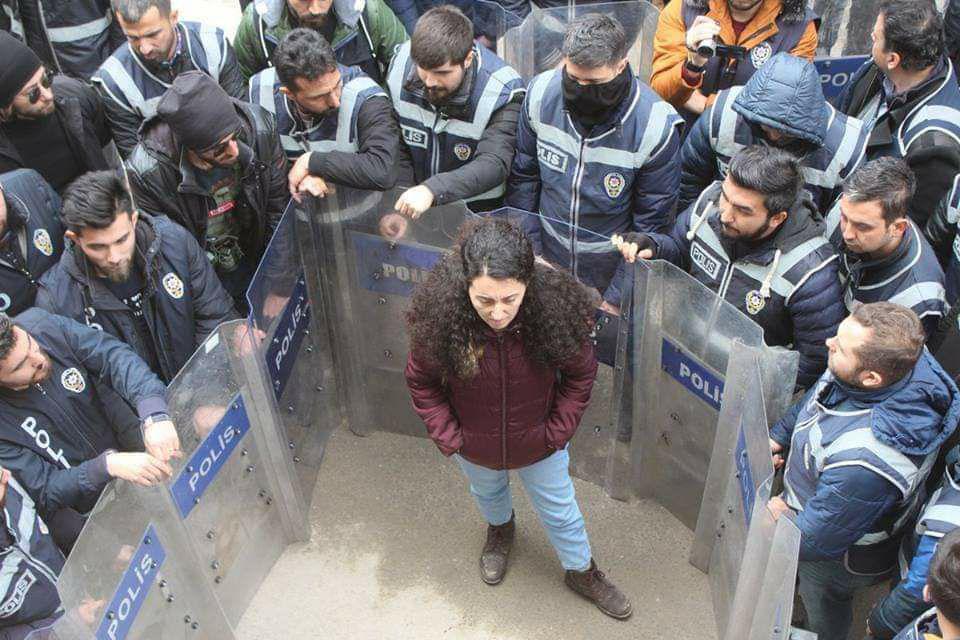
On the 115th day of the hunger strike, on March 2, 2019, a platform of internationalist women bringing together various sectors and groups around the “Speak Up For Leyla” initiative gave a public statement entitled “We stand for life, we show solidarity with Leyla”.They denounce the inhuman conditions experienced by the Turkish population and stand against the expansionist and colonialist policy of the Erdogan regime. Among the signers are the Mothers of the Plaza de Mayo, Mothers for Peace, the Mothers of Saturday, and various groups of journalists, lawyers and other sectors of civil society.
Families and people on hunger strike also launched a massive campaign to call for meetings and positions of various organs of the Turkish Republic, the President of the European Parliament, the European Committee for the Prevention of Torture (CPT), the Council of Europe, several members of the European Parliament, and various Member States. In the “Speak up for Leyla” campaign alone more than 9000 letters were sent, demanding positions on the growing autocracy and violation of human rights by the Turkish state.
With the support of international pressure, Leyla Guven was released on January 25, 2019. In her first statements she reiterated that she will continue her action and her demands have not been fulfilled. There were demonstrations of support for HDP’s deputy from several revolutionary sectors. In early January, Angela Davis published an open letter demanding the release of Leyla Guven and denouncing the genocidal practices of the Turkish regime. Leila Khaled, a revolutionary of the Palestinian cause, also wrote her showing solidarity with her struggle and that of the Kurdish people. The letter stated that:
In Turkish and Israeli prisons, revolutionaries are going on hunger strike for freedom, justice and to stop the dominant system that seeks to break down those who demand more democracy. In my name and in the name of the Palestinian women I tell you that I will use my voice against all the attacks that have been suffered by the revolutionaries and revolutionaries. “
In early April, she traveled to Bakur (Turkish Kurdistan) to meet Leyla Guven personally.
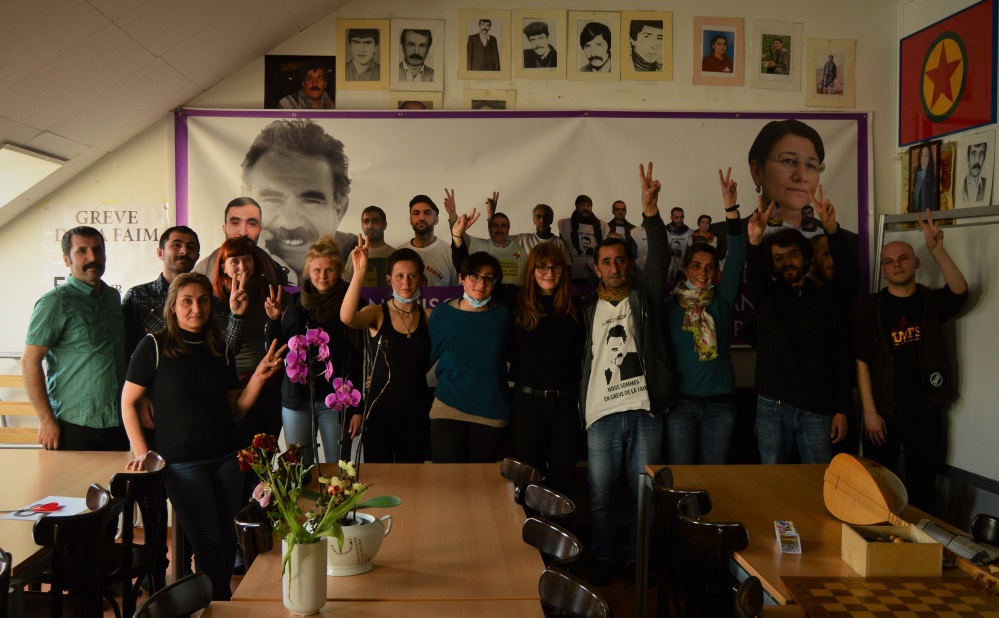
On the April 15th, as part of our participation in the European Make Rojava Green Again project, we also had the opportunity to visit the Kurdish activist Mehmet Ali Koçak on a hunger strike. He has counted 79 days on hunger strike to this day. This moment allowed for shows of solidarity and served as an attempt to create a space of sharing and reflection on the issues of hunger strike as political action. The companion’s message stressed the will to resist in order to exist as a person and as a Kurd.
Although the signs of solidarity have been increasingly broad, the dissemination of these news has been kept from the discourse of the mainstream media and the States. Against this, a week ago, 21 activists occupied the headquarters of Amnesty International (AI) in London, to break the silence and draw attention to the situation. The occupation, marked by a pacific action, was met with the violence of the police, called to the company by the AI’s administration. Some of the activists present had to receive hospital care, others were arrested.
An international call was issued to demand an immediate end to the isolation of Ocalan and all other political prisoners in Turkey. In the first signatures we find personalities like Immanuel Wallerstein and David Graeber. There are also several unions, feminist authors, researchers and historians, as well as a variety of artists from around the world.
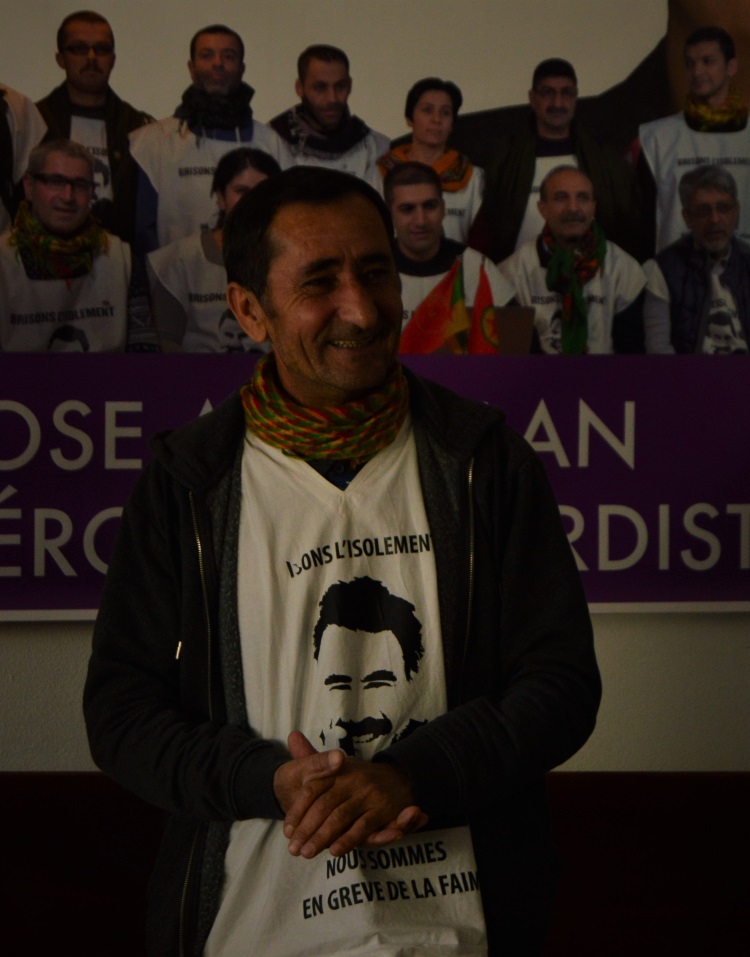
Hunger strike as a fighting strategy – The Kurdish people and hunger strikes
Using hunger strikes as a practice of political and social resistance has its first records in 5th century India. The records tell us that people who felt wronged for some reason sat without eating in front of the household of the accusing person. This action had a lot of cultural symbolism, with the accusers’ honor being tarnished for leaving a person without eating in front of their homes.
Hunger strikes, as a means of action often used as a last resort in the fight against a particular injustice. For many peoples are immersed in a symbolism related to the culture and history of each one, acquiring new strengths and arousing different sensibilities depending on the context. An interesting example is the first action most children take when they feel wronged for some reason, refusing to eat. A Kurdish representant spoke of this example to conclude that almost everyone has practiced, to some extent, a hunger strike, stating this practice as one of the most humane forms of resistance.
One point to consider when discussing hunger strikes is the difference between hunger strikes where no solids are ingested, but sugars and vitamins can be administered through liquids, and a deadly hunger strike, which begins with the certainty of death, refusing to ingest any kind of solid or liquid. Depending on the purpose of the strike or impact possibilities, we have several examples of both types throughout history. The most famous example of a deadly hunger strike is the hunger strike in Irish prisons in 1981, which inspired several movements throughout the late twentieth century. Bobby Sands has become one of the greatest symbols of this model of action. One of these movements inspired by it was the Kurdish movement.
Historically, hunger strikes have been recurrently used by the Kurdish people. As an ultimate form of resistance, it is easy to understand that a people deprived of its cultural, ethnic and religious existence finds hunger strikes a useful tool. It equally reinforces the need for urgent, material support amongst those in solidarity with the cause.
In Amed (Dyarbakir) prison, where 14 people died during the first major hunger strike after the 1980 coup in Turkey, the idea is said to have been reinforced by a high ranking Turkish army saying that Kurdish prisoners even to die needed permission. Kemal Pir, a Turkish revolutionary and co-founder of the PKK, died on that first historic strike, coining the famous phrase “We love life so much that we are willing to die for it”. Reinforcing the symbolic burden of hunger strikes for the peoples of the region.
Since the 1980s, hunger strikes in prisons have been used in several cases against the Turkish regime. In 1996, 12 people died calling for an end to prison isolation regimes. This occurred in 43 prisons and came to be considered a deadly hunger strike from the 45th day onward. Among the fatal victims is Ayça İdil Erkem, one of the main symbols of the struggle for the liberation of women.
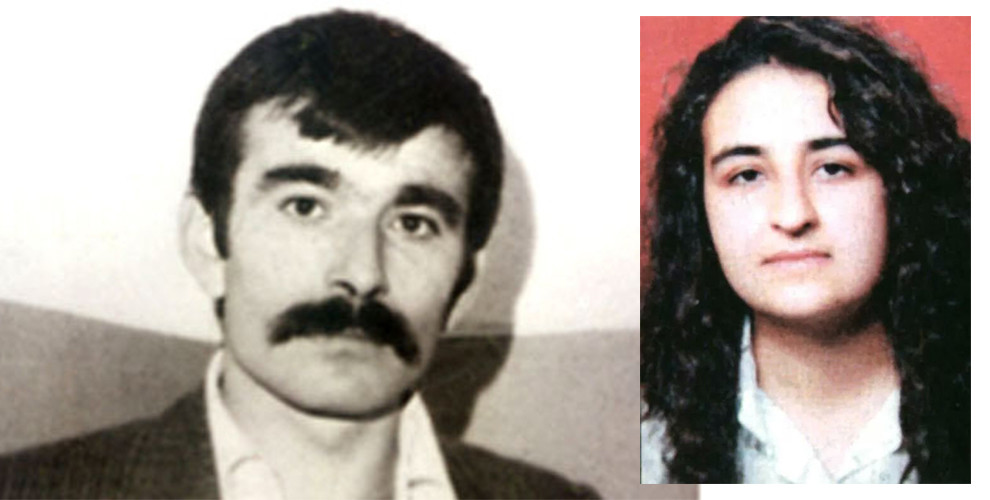
In the year 2000, a hunger strike different from the previous one began. Although the demands were similar, women joined this in mass, some opting for the deadly hunger strike. This same strike lasted uninterrupted from 2000 to 2007, such that there was always someone on hunger strike. During these seven years 122 people died.
In 2012, on the anniversary of the 1980 coup, 483 Kurdish prisoners began a new hunger strike. The demands remain similar to those of the 1982 strike – improving conditions in Turkish prisons, freedom of culture for the Kurdish people, starting with the possibility of choosing classes taught in Kurdish in public schools, and the request for the release of Abdullah Ocalan – leader of the pro-Kurdish PKK party – imprisoned since 1999. The situation was largely ignored and repressed by the Turkish state, which provoked a rapid spreading of solidarity among civil society. Four months later, after Ocalan’s call for an end to the strike considering his goal as fulfilled, more than 400 people had joined the 70 initial strikers inside and outside the prisons.
Some texts that can help you better understand the matter:
–Dossier produced on people on hunger strike conducted by Speak Up For Leyla initiative.
-A political prisoner’s letter to humanity: Where is your voice?
–Facing death in order to live – in the words of a hunger striker

